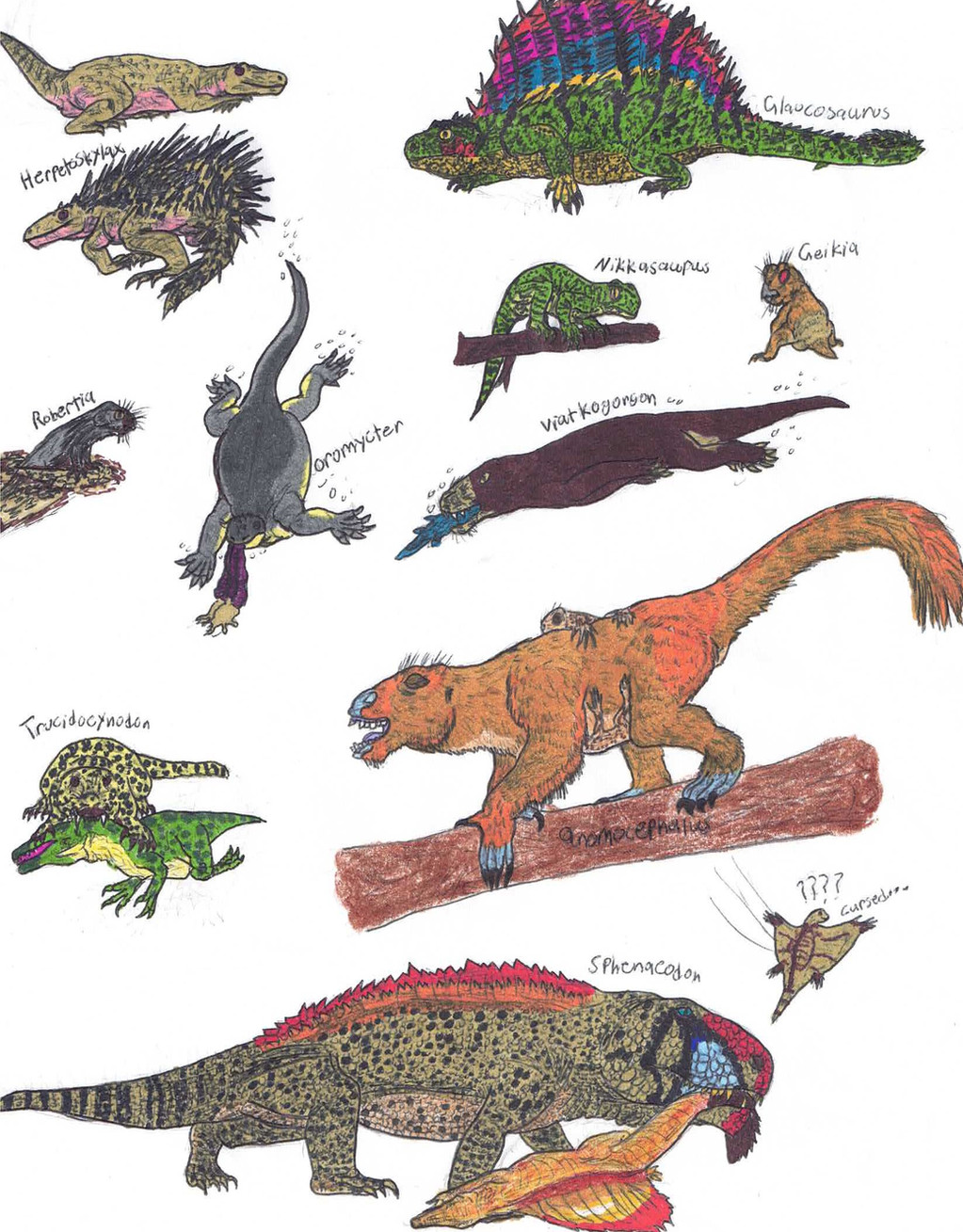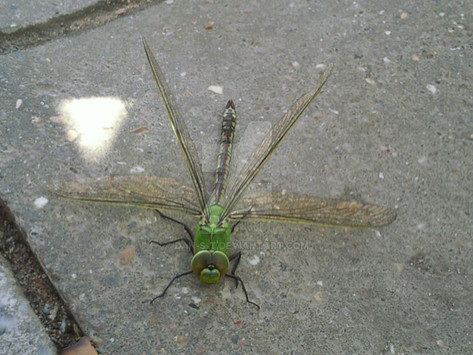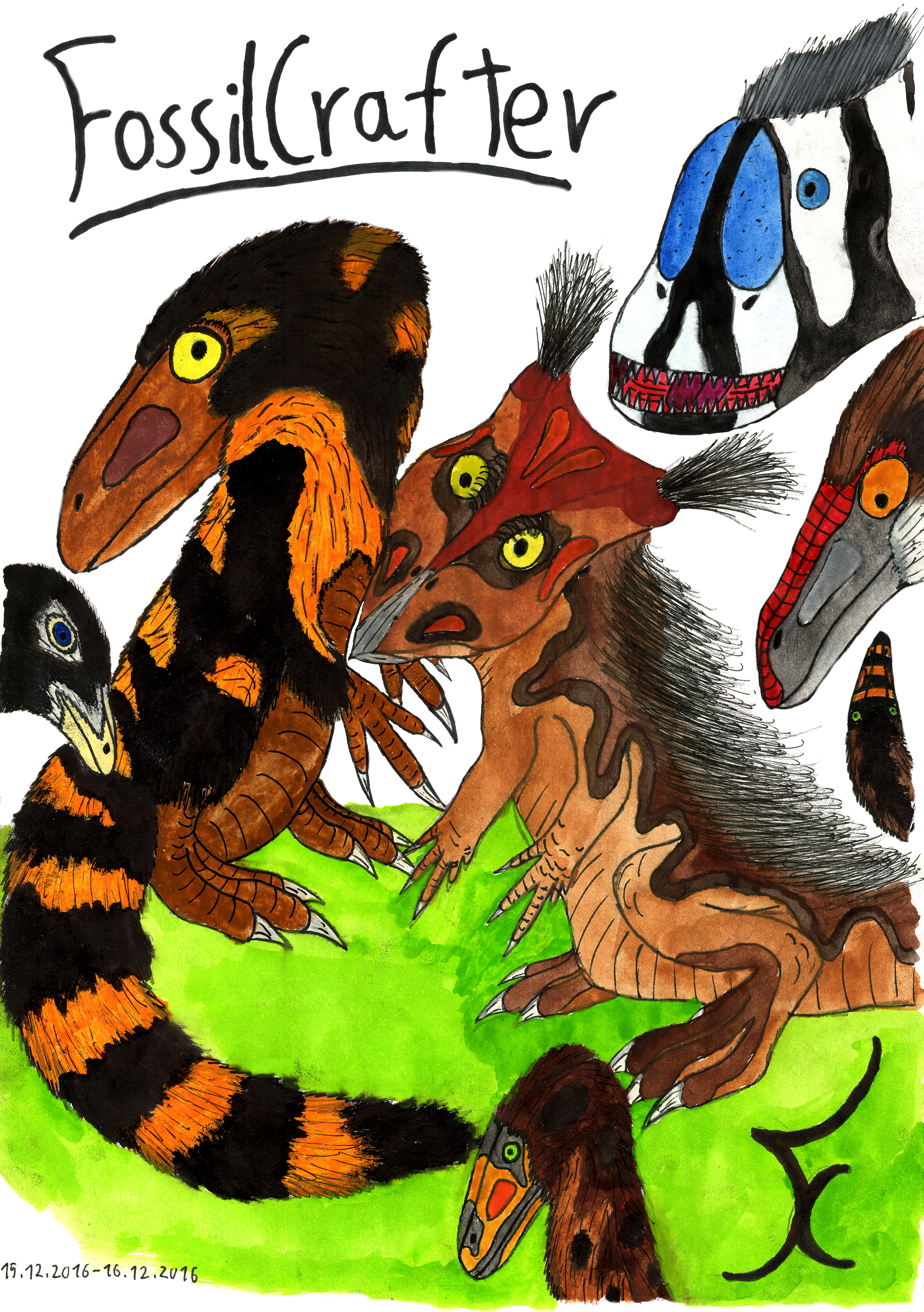HOME | DD
 TarbosaurusBatar — Some Lesser-Known Synapsids
TarbosaurusBatar — Some Lesser-Known Synapsids

#cynodont #paleoart #permian #sciart #therapsid #triassic #pelycosaur #dicynodont #anomodont #sphenacodon #suminia #robertia #anomocephalus #geikia #glaucosaurus #herpetoskylax #nikkasaurus #oromycter #viatkogorgon #trucidocynodon #sphenacodontid #paleothemeweek #synapsidweek #synapsidjune #speculativeevolution
Published: 2021-07-03 01:59:25 +0000 UTC; Views: 9205; Favourites: 53; Downloads: 3
Redirect to original
Description
I started this piece right in the middle of #synapsidweek but because of some things that came up had to put it off until today. Anyway, here are some less popular synapsids.Herpetoskylax hopsoni: This animal whose name literally means "creeping puppy" lived in South Africa around the Late Permian. It was a late surviving member of a group known as the Biarmosuchians. Biarmosuchians were among the most basal groups of therapsids. Basal enough that they lacked the later defining characters of a therapsid, such as limbs held erect under the body. Because of this they also likely weren't endothermic like the later therapsids. Shown here is a normal-looking individual and one inspired from 's amazing depiction shown here www.deviantart.com/batterymast… .
Glaucosaurus megalops: was a pelycosaur from the early stages of the Permian (around the Artinskian). It's only known from a skull but due to the shape of parts of its skull and teeth it is agreed upon to be a close relative to Edaphosaurus.
Robertia broomiana: was a Dicynodont from around the Middle-Late Permian of South Africa. It is among the smallest Dicynodonts we know of and would have been adorable when alive (this is objective fact). It was also likely a burrower.
Oromycter dolesorum: this pin-head is the most basal known Caseid, a group of bizarre herbivorous synapsids from the late Carboniferous to the Permian. Oromycter was a far-cry from later gigantic Caseids like Cotylorhynchus, likely from the presence of the big Edaphosaurs that Oromycter coexisted with.
Nikkasaurus tatarinovi: is another Biarmosuchian, it was a small therapsid whose body resembled those of the (now thought to be diapsid) Varanopids. It had huge eyes proportional to its body and was probably both nocturnal and arboreal.
Viatkogorgon ivachnenkoi: was a small Gorgonopsid from the Late Permian of Russia. A few of its anatomical features, like its well-developed gastralia (belly ribs), and short limbs suggest that it may have been a good swimmer. Think of the Permian equivalent of a mink or fisher.
Geikia elginensis: is another small Dicynodont that was found in Scotland. It possesses this strange square-shaped skull with huge orbits. The perspective of the drawing doesn't portray it well, but Geikia also had forward-facing eyes. It was also possibly a burrower.
Anomocephalus africanus: is an early member of a group known as Anomodonts, which was the clade that gave rise to the Dicynodonts. Unlike them, it had a complete set of teeth, with peg-like teeth at the front of the jaw and grinding molars in the back. However this particular one shouldn't really be called Anomocephalus. I depicted it more like Suminia getmanovi due to poor research on my part. So rather, this is better called a relative of Suminia, depicted moving on a limb while carrying its young. I'll wind up doing a proper Anomocephalus eventually.
Trucidocynodon riograndensis: is a large Cynodont-around the size of a leopard-from later Triassic Brazil. Interestingly it seems to possess digitigrade forelimbs, which may be an adaptation for some sort of running. That doesn't necessarily mean it was specialized for running, but if its lineage never went extinct that could have been a possibility. Trucidocynodon lived alongside some of the earlier dinosaurs, and is shown here dispatching a Staurikosaurus like how modern Jaguars are known to do with Caiman.
Sphenacodon ferox: based off this skeletal by www.deviantart.com/foreheadllc… . Sphenacodon was a large pelycosaur from early Permian North America. You might think of it as a Dimetrodon without the sail. Like its close relative (the larger species anyway), it would have been an apex predator of its environment. Here it is shown dragging off a Secodontosaurus-type animal it recently killed.
????: A hypothetical Ostherid (possibly descendent or relative of Suminia) that developed a furry patagium similar to flying squirrels. Could this have happened? Maybe. Either way it is a cursed thought and I love it. Almost as cursed as a sentient Suminia descendent.
Related content
Comments: 4

👍: 1 ⏩: 1

👍: 0 ⏩: 0

👍: 0 ⏩: 0

👍: 0 ⏩: 0

























